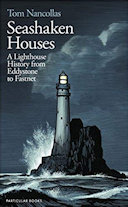Me
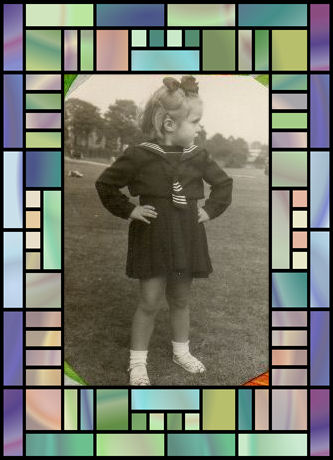
I actually had matching knees in those days!
1952
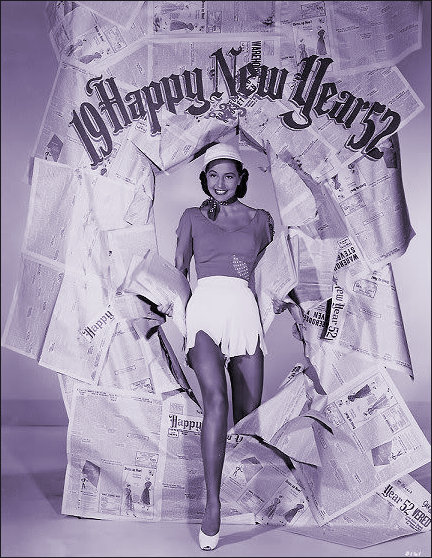
Cyd Charisse ushering in 1952
April
Aren't I lucky to have been born under the sign of the Bull? I think I am!
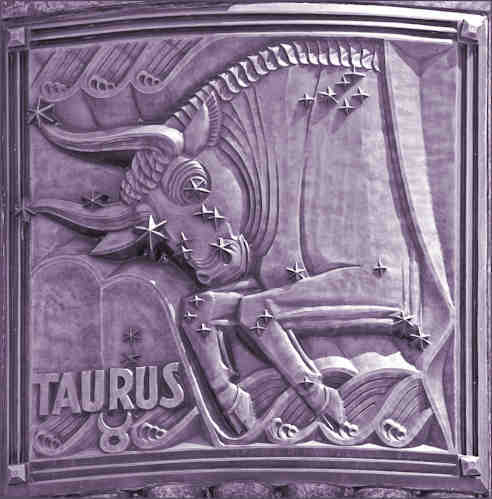
Fantastic Art Deco frieze tile from the Adler Planetarium in Chicago
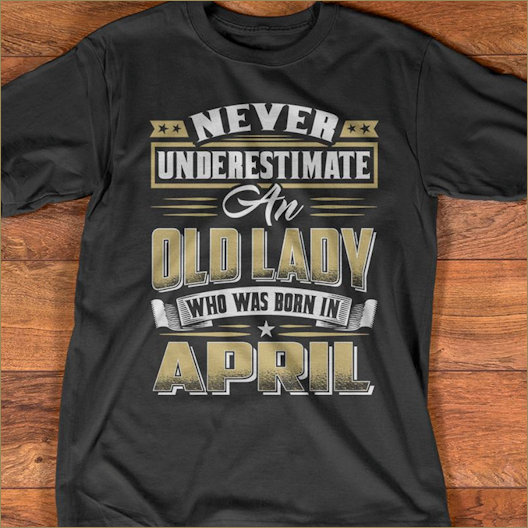
Yes, so I'm an old lady but I don't feel like one so the graphic is brilliant - unfortunately only our generation understands how it feels and the younger generation (yes, we were them once as well) only see us as the 'granny' brigade!
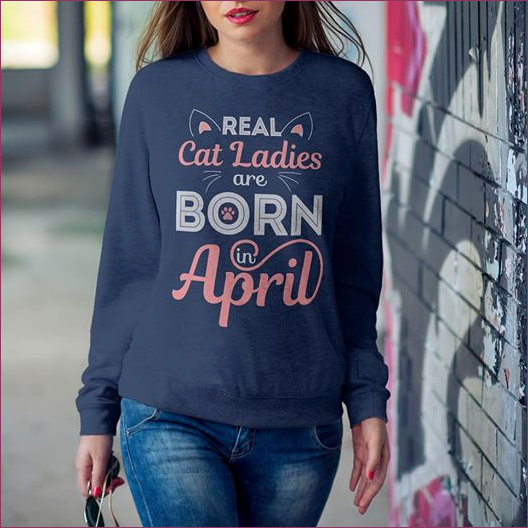
I know so many 'Cat Ladies' born in April that it must be true!
Proud to have a Polish heritage
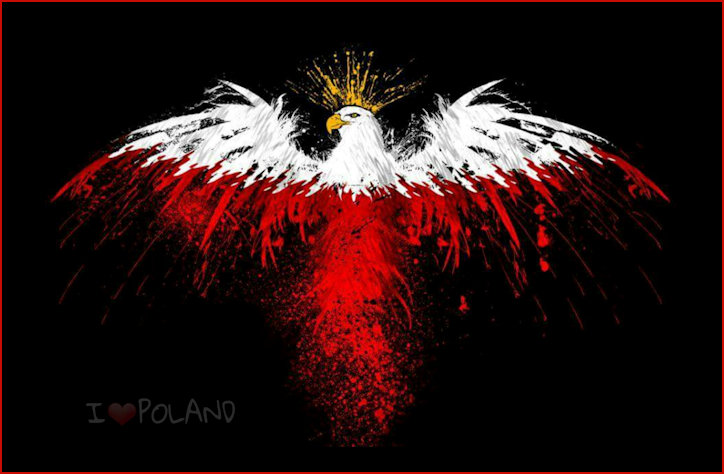
Love the colour Purple
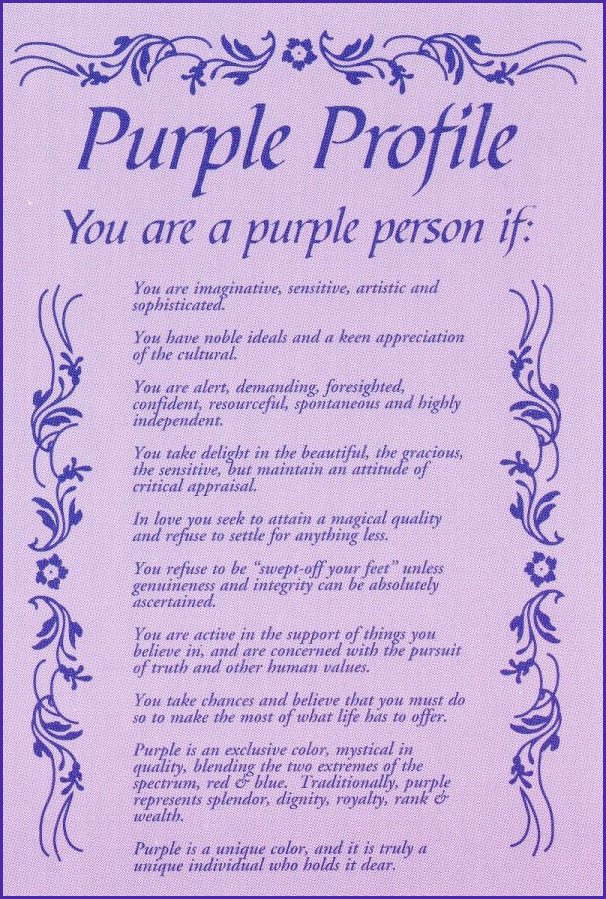
And I definitely consider myself a purple person!
My first accredited artwork :
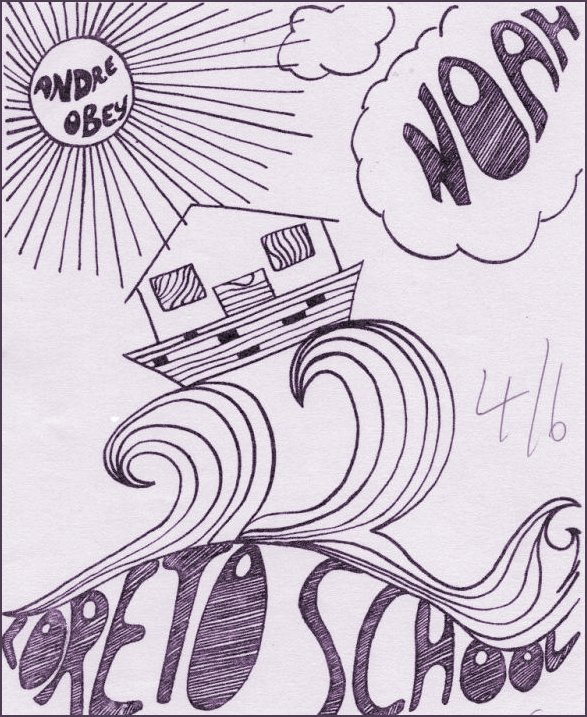
Front cover of the design for the school play 'Noah' by Andre Obey - this was a class project and my design was chosen - probably in 1964
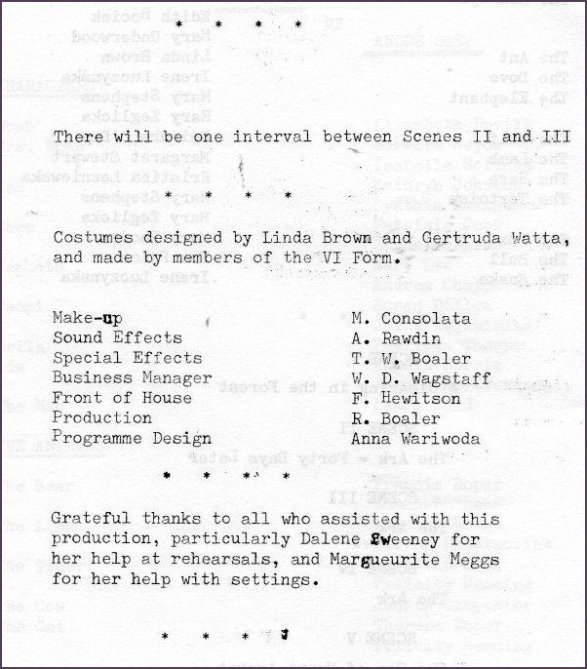
Confirmation of my efforts.
Surprise Winner!
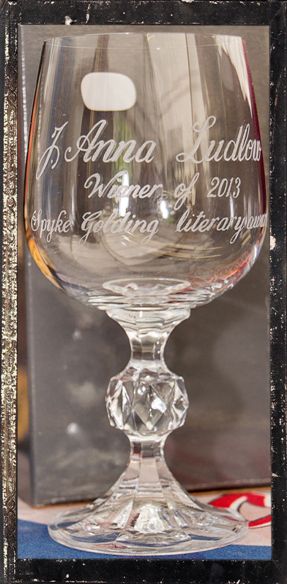
I think I'm a bit of a surprise winner of the Spyke Golding Literary Award 2013!
And here is what I wrote :
"My (1st) Close Encounter of the Cyder Kind"
The year is 1964, the location – Lausanne in Switzerland, the venue - a grassy knoll, overlooking the city furnished with comfortable rustic wooden seating and heaving with the humanity who had come to visit and experience the Expo. It was a warm and balmy night ……
Our parents had always encouraged my sister and I to travel, and the Expo in Lausanne seemed like the ideal opportunity to visit Switzerland. As a trainee linguist, my sister came in very useful in both the French and German cantons. For part of the holiday we stayed with the families of our parents’ friends who had not migrated to the UK after the war. This gave us a false sense of economy as Switzerland was notoriously expensive compared with the European countries we had previously visited. By the time we had reached Lausanne we had, in fact, run out of funds and still had several days ahead of us before we could return home. Luckily, the Youth Hostels had been paid for, so we had a roof over our heads – food was another matter. We were subsisting on bread – my treat was a tube of Thomy Moutarde which was like no other mustard I had ever eaten, it was sufficiently nutritious and tasty to use as a spread on the bread. Occasionally we would share a portion of potato salad to go with our meagre daily rations. I would like to say at this point that the potato salad was delicious and cheap! Water was free, but the occasional cup of coffee was considered such a luxury that it was very occasional indeed. Then we found that the local apple juice, the sort that looked like cider scrumpy was cheap, so that became our luxurious alternative to water. Please remember that in 1964 I was many years below the legal age of drinking alcohol and my sister had only just achieved her majority.
Remarkably, we had a double stroke of fortune on the evening of my close encounter. My mother had worked out that we were likely to be running short of funds and risked sending a 10/- (that’s ten shillings or 50 pence) note in an airmail letter to our Youth Hostel address. Unhappily the flimsy, weightless letter fluttered out of her shopping basket and she, overwhelmed by how this loss of money would impact on all of us (her housekeeping, my fathers’ scrupulous accounting and our starvation rations) never mentioned its loss to anyone. Ten bob was a lot of money in 1964!
However, someone had found the envelope and posted it – if you are out there and reading this, then thank you. We had no idea that a letter with money was winging its way towards us as our mother had not mentioned this in the follow-up letter that she had sent. So, three days before we were due to leave, we received this bounty and could afford to live like kings for the remainder of our stay. That evening we feasted on bread, mustard spread for me, jam for my sister, a portion of potato salad each and a cup of coffee for her and a glass of apple juice all for me! Er, that is until the close encounter ……
The two of us were sitting on one of the wooden benches on the grassy knoll munching away in companionable silence, you know, the sort that accompanies the knowledge that you will soon have a full belly and everything is right with the world when a tall and burly lad (beard and sandals and unruly hair) carrying a rucksack, meal and stein of something or other approached us and asked if he could share the table space. I can’t remember what language he spoke but we cordially invited him to sit with us. Like us, he was simply using the facility to have his evening meal and to go on to his next port of call. He chose my side of the table to enjoy his meal.
I’m not really sure exactly what happened next but it all went into a slow motion nightmarish scenario. As I say, we were munching away and didn’t have a care in the world and then I saw it – this evil, hairy monster of a hand stretching for my precious apple juice which I was hoping would last me the evening ….
My throat was constricted, I couldn’t speak or at least not coherently, my body felt weighed down as I tried to tug at my sisters sleeve to wake her up to the fact that my apple juice was being wilfully stolen when we both heard the ROAR of the lion and a fountain of juice erupting from his throat – that woke her up and sent me into a relapse.
The poor man (I can be generous in a retrospective memory) was gagging on the apple juice which, in his own reverie he had picked up (although how he could have mistaken my glass for his stein I do not know) and the shock of it not being cyder had caused him to spit it out!
When we all returned to a partially normal state, he couldn’t apologise enough and although my sister and I were already dissolving into giggles at the whole incident, we did try to behave with some decorum. He at once went to the kiosk and bought me another apple juice, which of course tasted all the sweeter for being a victorious trophy and the fact that it was a full measure, I had after all drunk some of the original juice before he nicked it!
Had I been a bit older and savvier I might have spat in his cyder when he was away from the table but instead I had a sip (just out of curiosity and not with my sisters’ approval) from his stein and the rest as they say ….. is history.
Post script – as we had returned home full of stories of our adventures the question of the ten bob never came up. As we were both hale and hearty and didn’t look as if we had suffered any deprivation my mother never asked about how we had managed financially – it wasn’t until many years later that this story came up and we actually told our mother how that ten bob had saved us – she went absolutely sheet white – she had never told anyone that she still believed that money had been lost even after all those years!
Thanks to Castle Rock for their kind words (but not the picture!)
2013 - Spyke’s Award
"An intriguing and heart warming tale of cider, people and a visit to Switzerland, not to mention the loss of a 10/- note, has won the 2013 Spyke Golding Literary Award. The winner, chosen by the panel of independent judges, was Anna Ludlow.
Anna is not new to writing having had articles on her other interests and experiences published in magazines and on-line. Her story was inspired by a deeply affectionate memory of her late mother and was chosen for its positive and life affirming themes".
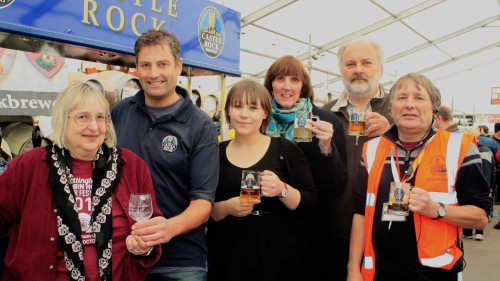
Shown are Anna with her award, and judges Amanda and Mick Bajcar, Castle Rock’s Colin Wilde, Steve Westby, chairman, Nottingham CAMRA and Amy Naylor-Morrell (third left) from the Waterstones Nottingham bookshop who presented Anna with a £30 book voucher.
Anna says: “I wrote this recollection last year but was unable to submit it due to an unexpected stay in hospital. The delay made the success all the sweeter.”
2014 - National Numeracy Challenge
The National Numeracy Challenge was a very low key article in the Daily Mail - intrigued (and as retirement looms ever closer) I decided to give it a go for my own amusement as much as anything and was pleased to score 82/100 which placed me in silver position. What was really great was the fact that a certificate was issued :
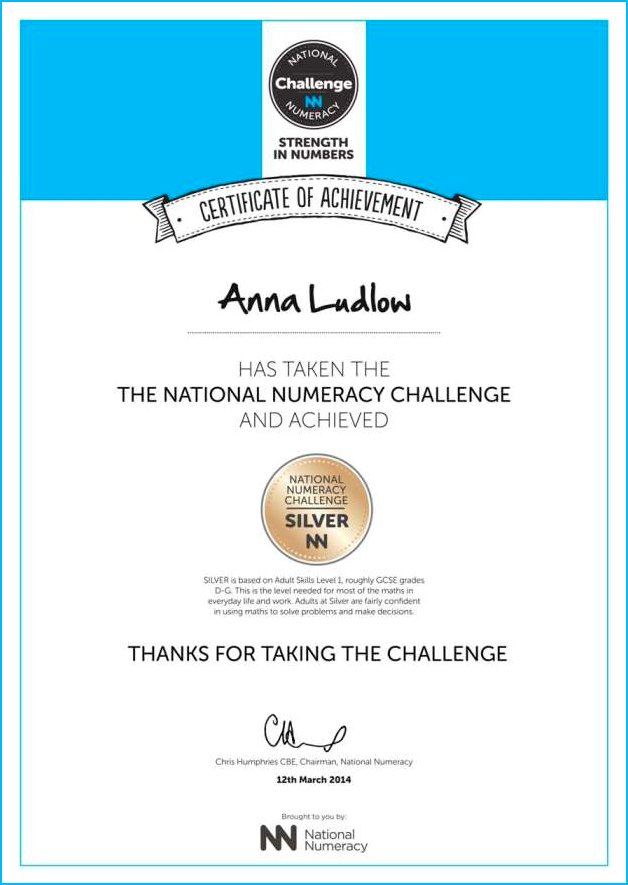
Personalised certificate for the 'Numeracy Challenge' taken on 12th March 2014
2017 - My 65th Birthday
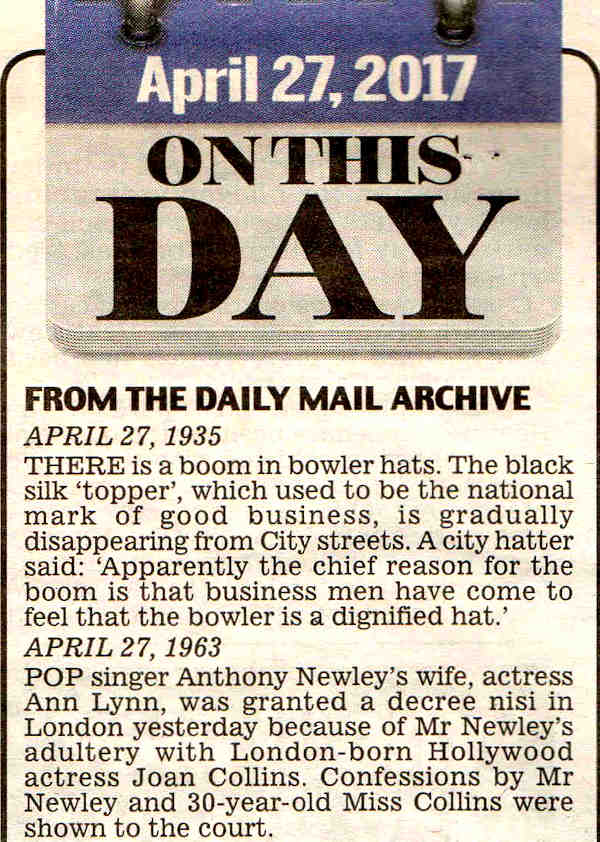

2017 - Friend Against Scams
Personalised certificate for the 'Friend Against Scams' assessment successfully completed on 21st August 2017
2018 - My 66th Birthday
Pink hair and Pink Champagne!
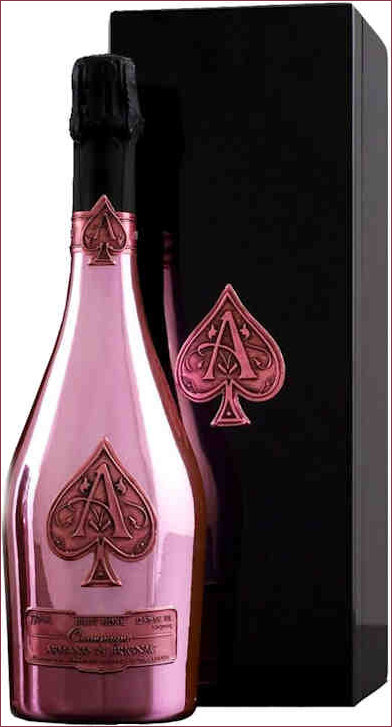
Armand de Brignac - Ace of Spades - isn't this gorgeous?
Page refreshed : 20th August 2020 (G)
